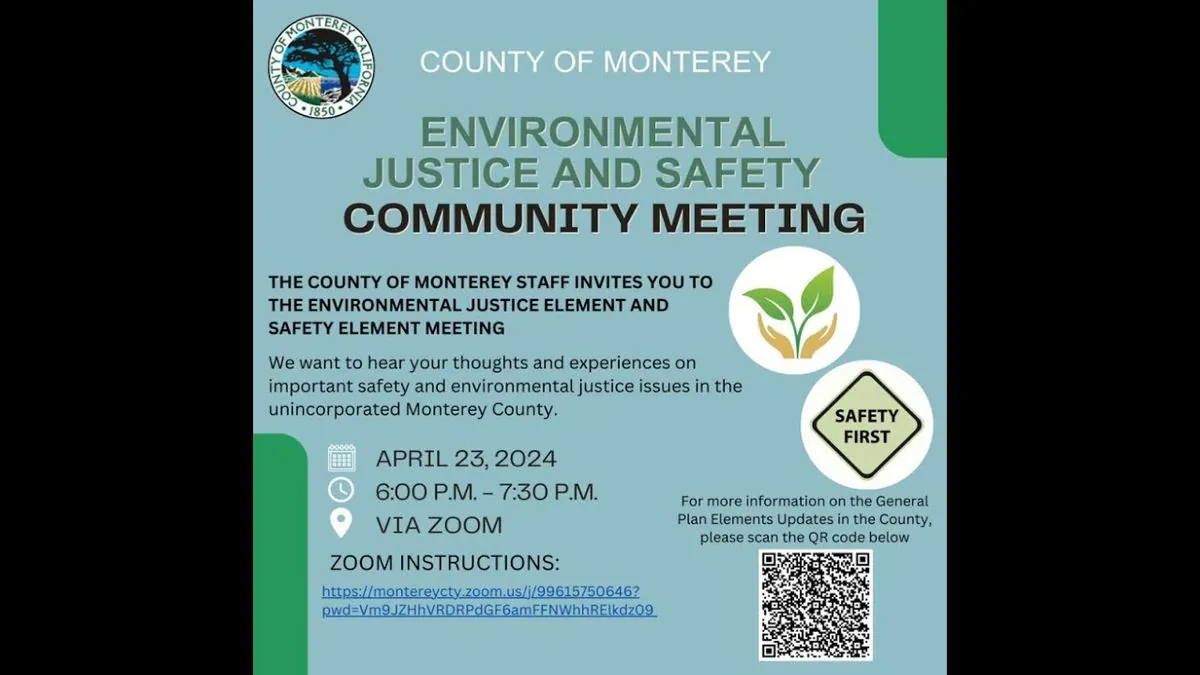Biden's Environmental Justice Push: Progress and Challenges
Biden administration's environmental justice initiatives receive mixed reviews. While funding and support have increased, concerns persist about policy effectiveness and potential reversal after the 2024 election.

In the aftermath of World War II, Pleasantville, Texas emerged as a rare opportunity for Black residents to purchase homes in a new community. However, the subsequent construction of Interstate 610 and the growth of heavy industry nearby exposed residents to increased pollution and environmental hazards.
The Biden administration, upon taking office in 2021, made significant commitments to address environmental justice concerns in communities like Pleasantville. These areas, often home to Black, Latino, Indigenous, and lower-income populations, have historically faced disproportionate environmental burdens.
To assess the administration's progress, the Associated Press consulted approximately 30 environmental justice organizations across the United States. These groups have long advocated for the cleanup of polluted sites in their communities, including Superfund locations, petrochemical facilities, and diesel-emitting ports.
Many advocates acknowledged that the current administration has made unprecedented efforts in this area. Beverly Wright, director of the Deep South Center for Environmental Justice and a member of the White House Environmental Justice Advisory Council, expressed surprise at the substantial funding allocated to these initiatives.

The Inflation Reduction Act, passed in 2022, injected billions of dollars into environmental justice programs, marking a significant milestone in federal support for these efforts. The Environmental Protection Agency (EPA) has distributed large sums to established organizations in each region, tasking them with allocating funds to local groups familiar with community needs.
"If we don't do anything, there will never be change."
Murray's organization in Pleasantville received a federal grant to conduct air quality testing, a crucial step in addressing local environmental concerns. However, she emphasized that sustained funding would be necessary to achieve lasting improvements.
Despite these positive developments, many environmental justice groups expressed concerns about the administration's approach. Anne Rolfes, director of the Louisiana Bucket Brigade, criticized the EPA for not asserting its authority more forcefully in states like Louisiana, where industry influence is strong.
Some organizations have found it challenging to navigate the federal bureaucracy and access available funds, despite the technical assistance provided. The time factor is also a concern, as many of the Biden administration's programs are only now beginning to distribute money, nearly four years into the term.
Critics have also voiced frustration with the administration's support for carbon capture technology, arguing that it allows polluting industries to continue or even expand their operations. This technology, while promising to reduce greenhouse gas emissions, has been met with skepticism from environmental justice advocates.
Jalonne White-Newsome, Federal Chief Environmental Justice Officer, acknowledged that the administration is still working towards its goals. She emphasized that environmental justice principles are being integrated into the foundation of federal government operations.
As the November 5, 2024 presidential election approaches, the future of these environmental justice initiatives remains uncertain. The potential for a change in administration raises questions about the continuity of current policies and funding commitments.
While the Biden administration has made significant strides in addressing environmental justice concerns, the path forward remains complex. Balancing the needs of affected communities, industry interests, and environmental protection continues to be a challenging task for policymakers and advocates alike.


































